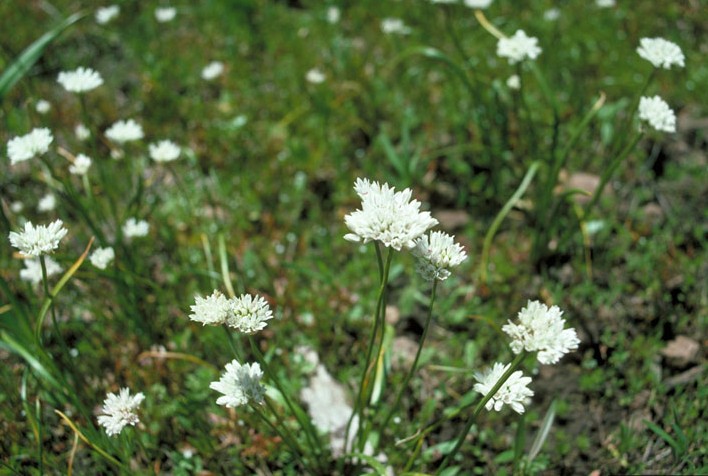Classification System: APG IV
Superregnum: Eukaryota
Regnum: Plantae
Cladus: Angiosperms
Cladus: Monocots
Ordo: Asparagales
Familia: Amaryllidaceae
Subfamilia: Allioideae
Tribus: Allieae
Genus: Allium
Subgenus: A. subg. Amerallium
Species: Allium fibrillum
Name
Allium fibrillum M.E.Jones ex Abrams, 1923
Synonyms
Allium collinum Douglas ex S.Watson [Illegitimate]
Allium collinum Douglas [Illegitimate]
Distribution
Native distribution areas:
Continental: Northern America
Regional: Southwestern USA
References: Brummitt, R.K. 2001. TDWG – World Geographical Scheme for Recording Plant Distributions, 2nd Edition
References
Jones, M.E., Illustrated Flora of the Pacific States, An 1:393. 1923 (M. E. Jones, Contr. W. Bot. 10:24. 1902, nom. provis.)
USDA, ARS, Germplasm Resources Information Network. Allium fibrillum in the Germplasm Resources Information Network (GRIN), U.S. Department of Agriculture Agricultural Research Service. Accessed: 08-Apr-12.
Govaerts, R. et al. 2017. Allium fibrillum in World Checklist of Selected Plant Families. The Board of Trustees of the Royal Botanic Gardens, Kew. Published online. Accessed: 2017 Sep 04. Reference page.
Vernacular names
English: blue Mountain onion
Allium fibrillum is a North American species of wild onion known by the common names Blue Mountain onion and Cuddy Mountain onion.[2] It is native to the northwestern United States from eastern Washington and Oregon through Idaho to Montana.[3][4] It is a perennial herb.[5]
This onion grows from a bulb or a cluster of a few bulbs which are rounded in shape and measure up to 1.2 centimeters long by 1 wide. There are two leaves which are flat and linear in shape and measure up to 24 centimeters in length. They usually begin to wither from the tip by the time the plant is in flower. The flowering stalk is up to 15 centimeters tall and bears an umbel of 10 to 20 bell-shaped white flowers with green or pink midribs.[4][6] The fruit is a capsule.[7] The plant reproduces sexually by seed or vegetatively by sprouting from its bulb.[3]
This plant grows on mountaintops and scablands in sagebrush, shrubsteppe, and grassland habitat.[3]
References
Kew World Checklist of Selected Plant Families
USDA Plants Profile
Williams, Tara Y. 1990. Allium fibrillum. In: Fire Effects Information System, [Online]. U.S. Department of Agriculture, Forest Service, Rocky Mountain Research Station, Fire Sciences Laboratory.
Allium fibrillum. The Nature Conservancy.
"Lady Bird Johnson Wildflower Center - The University of Texas at Austin". www.wildflower.org.
Allium fibrillum. Flora of North America.
Allium fibrillum. Washington Burke Museum.
Retrieved from "http://en.wikipedia.org/"
All text is available under the terms of the GNU Free Documentation License


